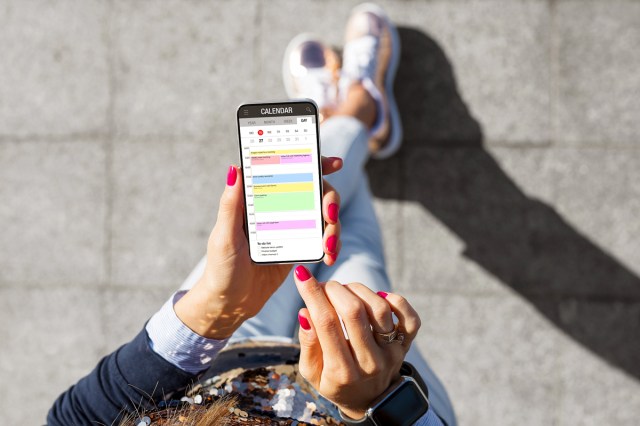We’ve all blanked on a name, misplaced our keys, and failed to remember a simple task — forgetfulness is a part of life. However, as we age, so do our brains, and over time our brains start to slow down, making us more forgetful. While we can’t stop the aging process, there are some exercises to help keep the brain sharp. One of the most effective ways to save things in your memory bank is by employing mnemonic devices. Modern mnemonic devices are typically used to teach children and include “The ABC Song,” the spelling rhyme “I before E except after C…,” and the acronym ROY G BIV for the colors of the rainbow. But one memorization technique that has been around since ancient Greece is growing in popularity, helping people memorize thousands of pieces of information: the loci method.

What is the Loci Method?
The loci method uses mnemonic images to help users memorize objects, dates, numbers, and other lists or sequential items. It is also called the “memory palace technique” or “Roman room system.” The method significantly improves memory performance, even in users with average memory capabilities. In one six-week study of mnemonic device usage (including the loci method), researchers found that, along with improved memory, participants experienced observable changes to brain functioning and connectivity as seen in fMRI scans.
The word “loci” comes from one of its earliest recorded uses in ancient Greece as a Latin term meaning “places” or “locations.” The Greek poet Simonides of Ceos used this method after a disastrous dinner party. Most attendees perished due to a collapsed roof, and Simonides helped identify the victims by picturing where they were seated during the dinner party. In doing this, he realized how helpful images and spatial location were when remembering things. Orators began using this method to remember their long speeches, and eventually, the method became common in ancient Greek and Roman teachings.

How to Use the Loci Method
The first step of using the loci method is to picture a place or environment you are extremely familiar with, such as your childhood home or the street you live on. The location should be familiar enough to visualize moving through it, forward and backward, without thinking much about it. For those who have trouble imagining things, it might help to physically draw out this virtual path on a piece of paper. Make sure that your “path” does not have any dead ends. For example, if you chose the street you live on, pick a path that goes around the block and not from one end to the other.
Next, create a list of reference points that you can easily remember along your path. On the street you live on, is there a brightly colored fire hydrant, an obscure lawn ornament, a beautiful garden, or a recognizable bus stop? Choose features that stand out without thinking twice about where they are along the path, and number them chronologically. In our example, the first numbered item might be your front door, the second could be your mailbox, and the third might be your neighbor’s tree. Spend time “walking” through your memory palace to be very comfortable with every numbered item and where it is.
Next, it’s time to add the things you want to memorize. Let’s pretend you want to remember your to-do list for the week. Each item on your list will be associated with one of the numbered features in your memory palace. The key is to associate each item to be memorized with an obvious image. For example, if you want to remember to buy more dog food as your first to-do item, you might picture a bag of dog food sitting beside the first spot (your front door). To make this even more memorable, you could pick an obscure image that is associated with dog food, such as your dog eating a bowl of spaghetti beside your front door. This is more memorable than a simple bag of dog food. Some users prefer using obscure images, while others prefer direct images — it is up to you. Keep adding the items to be memorized to your numbered spots until your list is finished. Then, “walk through” your path a few times until it is memorized. The information you want to remember should appear easily as you walk through the space.
To be a successful loci method user, start small. Try memorizing just 10 items at first (one at each location), then expand your memory palace to 20 or 30 locations. Eventually, you might be able to place two or three items per “location” in your palace, greatly expanding your memorization abilities.
Featured Image Credit: Zinkevych/ iStock
More From Our Network
Better Report is part of Inbox Studio, which publishes content that uplifts, informs, and inspires.













